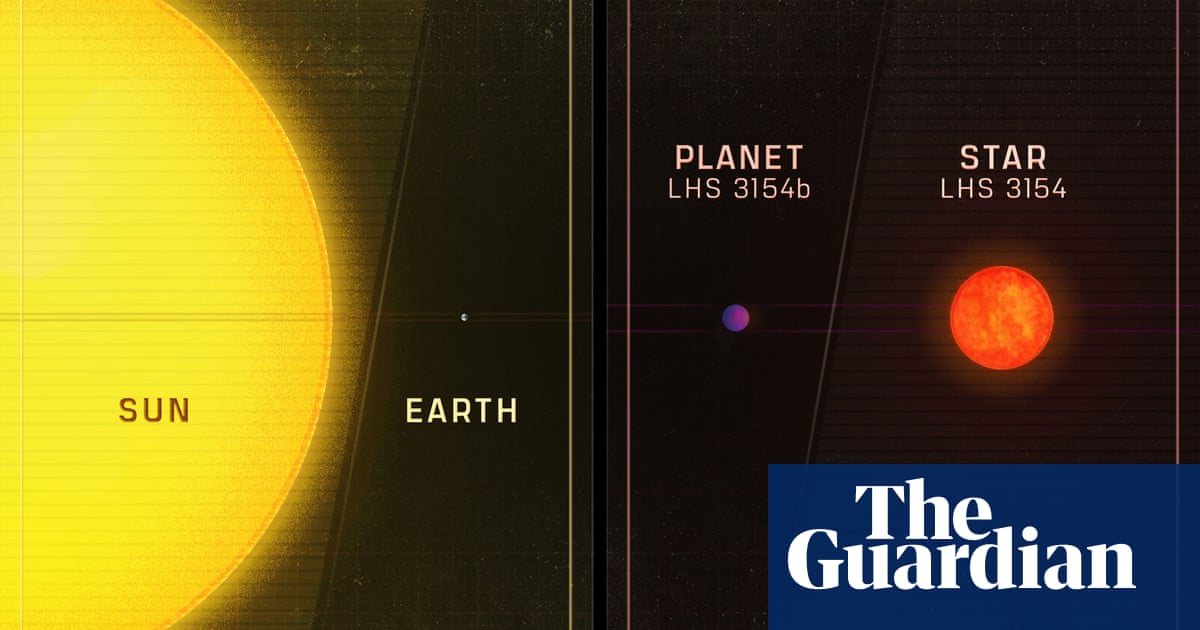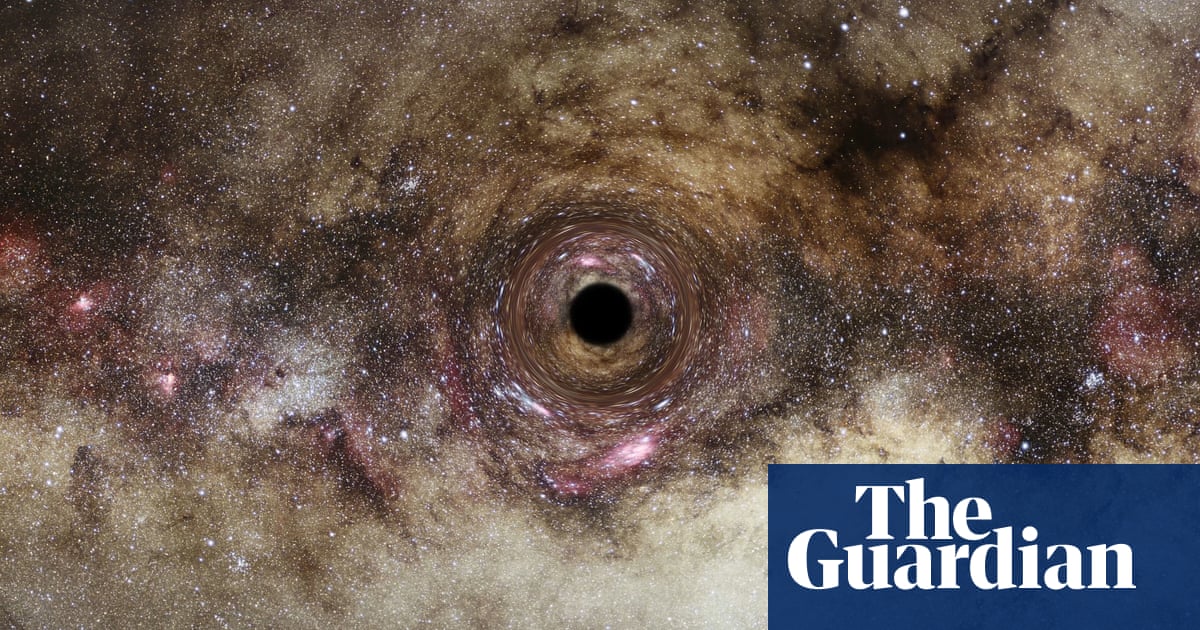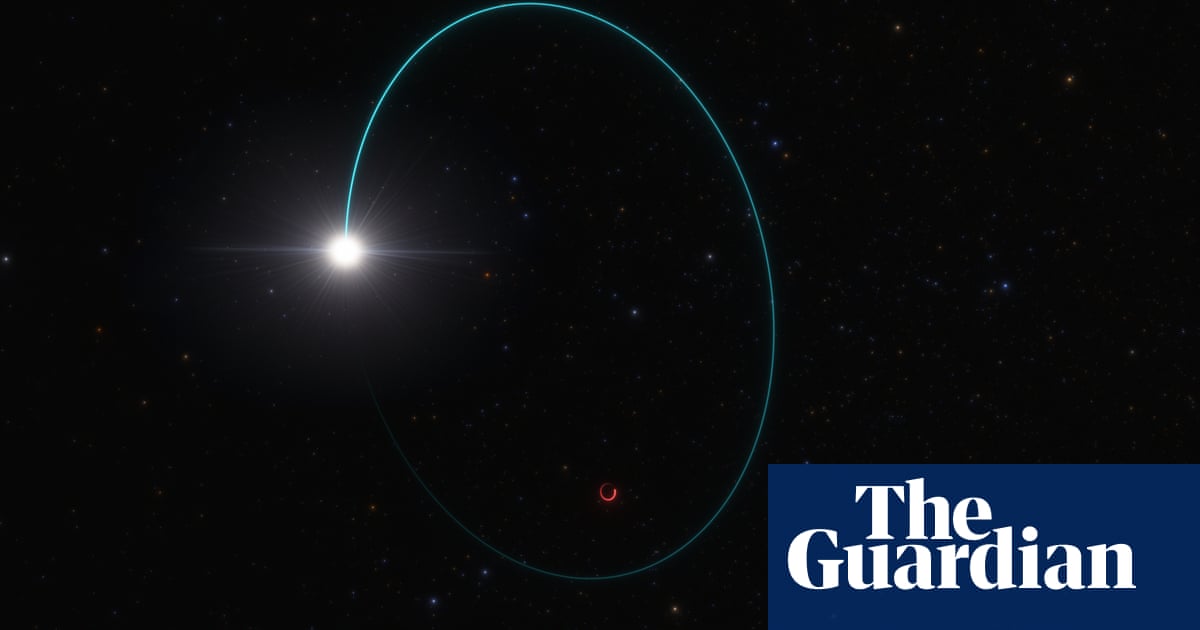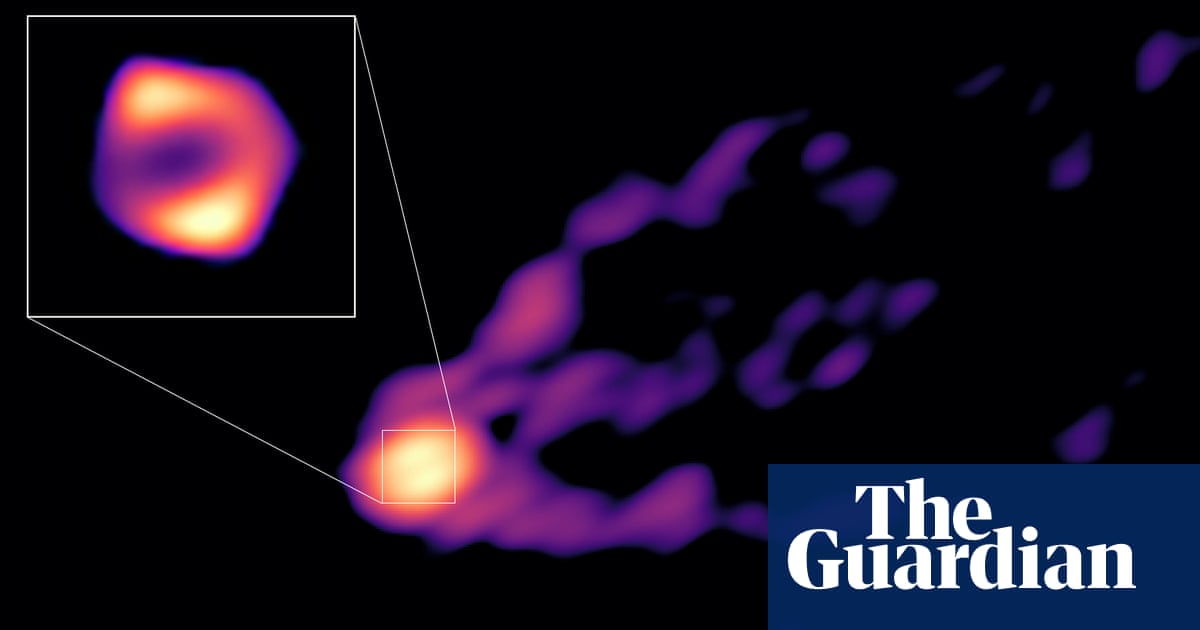
An “overweight” neutron star has been observed by astronomers, who say the mysterious object confounds astronomical theories.
The hypermassive star was produced by the merger of two smaller neutron stars. Normally such collisions result in neutron stars so massive that they collapse into a black hole almost instantaneously under their own gravity. But the latest observations revealed the monster star hovering in view for more than a day before it faded out of sight.
“Such a massive neutron star with a long life expectancy is not normally thought to be possible,” said Dr Nuria Jordana-Mitjans, an astronomer at the University of Bath. “It is a mystery why this one was so long-lived.”
The observations also raise questions about the source of incredibly energetic flashes, known as short gamma-ray bursts (GRBs), that accompany neutron star mergers. These outbursts – the most energetic events in the universe since the big bang – were widely assumed to be launched from the poles of the newly formed black hole. But in this case, the observed gamma-ray burst must have emanated from the neutron star itself, suggesting that an entirely different process was at play.
Neutron stars are the smallest, densest stars in existence, occupying a sweet spot between conventional stars and black holes. They are about 12 miles wide, and so dense that a teaspoon of material would have a mass of 1bn tonnes. They have a smooth crust of pure neutrons, 10bn times stronger than steel.
“They’re such weird exotic objects,” said Prof Carole Mundell, an astronomer at the University of Bath and co-author of the study. “We can’t gather this material and bring it back to our lab so the only way we can study it is when they do something in the sky that we can observe.”
In this case, Mundell said, something appears to have prevented the neutron star “noticing how massive it is”. One possibility is that the star was spinning so fast and with such immense magnetic fields that its collapse was delayed – something like how water stays inside a tilted bucket if it is swung around fast enough.
“This is the first direct glimpse that we may have of a hypermassive spinning neutron star in nature,” said Mundell. “My hunch is we’ll be finding more of them.”
The unexpected sightings were made using Nasa’s orbiting Neil Gehrels Swift Observatory, which detected the initial gamma-ray burst coming from a galaxy about 10.6bn light years away. A robotic observatory, the Liverpool Telescope, situated in the Canary Islands, then automatically swivelled to view the aftermath of the merger. These observations revealed telltale signatures of a highly magnetised, rapidly spinning neutron star.
This suggests that the neutron star itself launched the gamma-ray burst, rather than it occurring after its gravitational collapse. Until now, the exact sequence of events has been hard to figure out.
“We were excited to catch the very early optical light from this short gamma-ray burst – something that is still largely impossible to do without using a robotic telescope,” said Mundell. “Our discovery opens new hope for upcoming sky surveys with telescopes such as the Rubin Observatory LSST, with which we may find signals from hundreds of thousands of such long-lived neutron stars before they collapse to become black holes.”
Stefano Covino, an astronomer at the Brera Astronomical Observatory in Milan, who was not involved in the research, said: “The team found evidence of the existence of a meta-stable hypermassive neutron star, which is a really important finding.”
He said the work could provide new insights into the interior structure of neutron stars, which are assumed to have a core of exotic matter, though the exact form that this takes is unknown.
The findings are published in the Astrophysical Journal.












